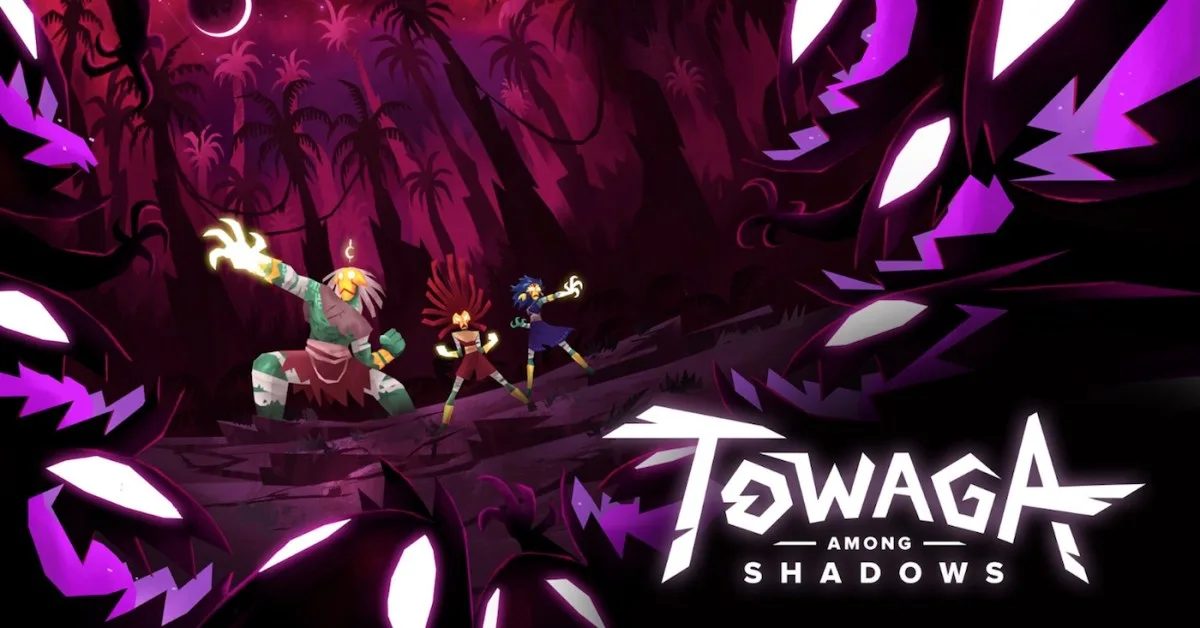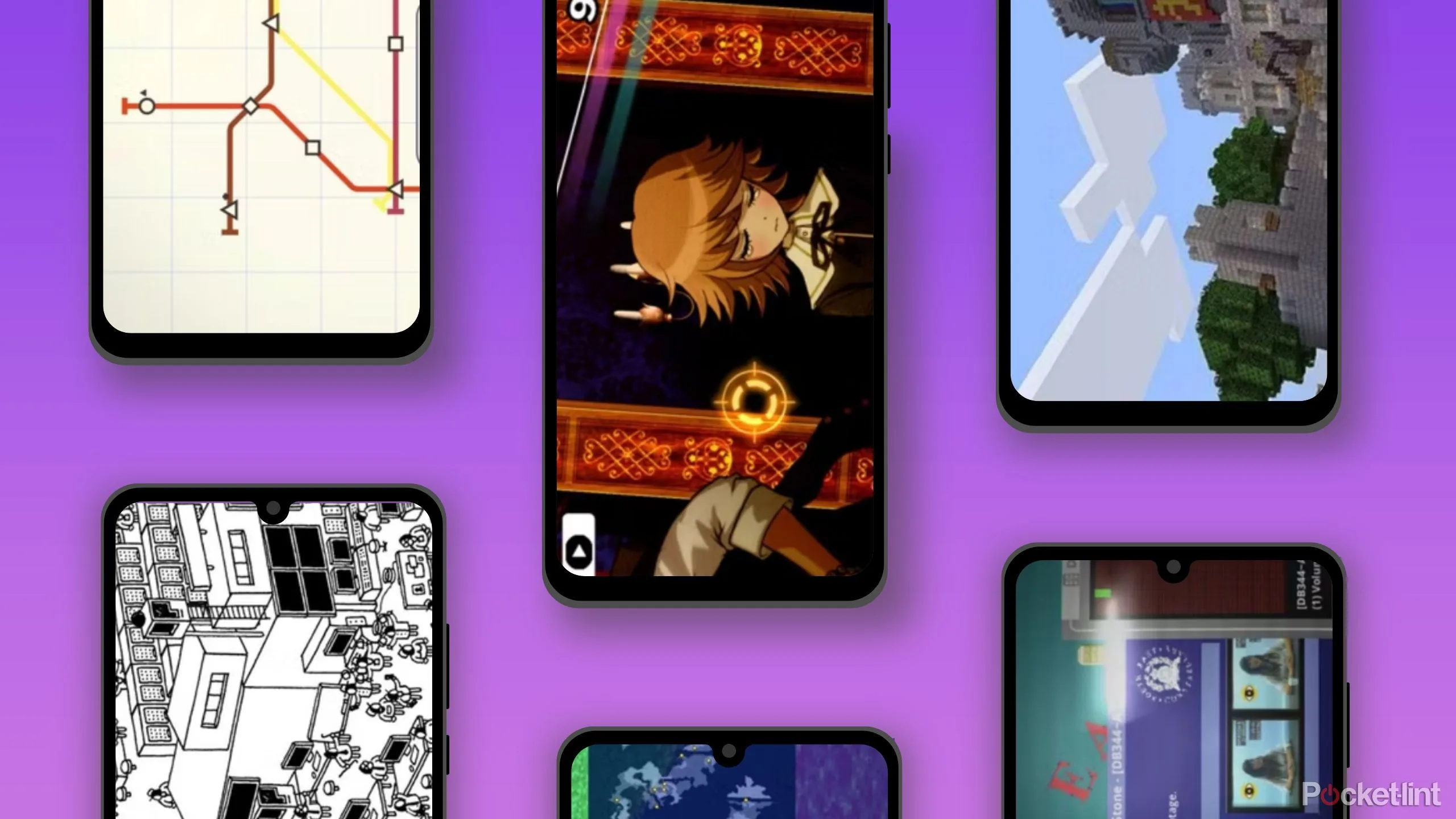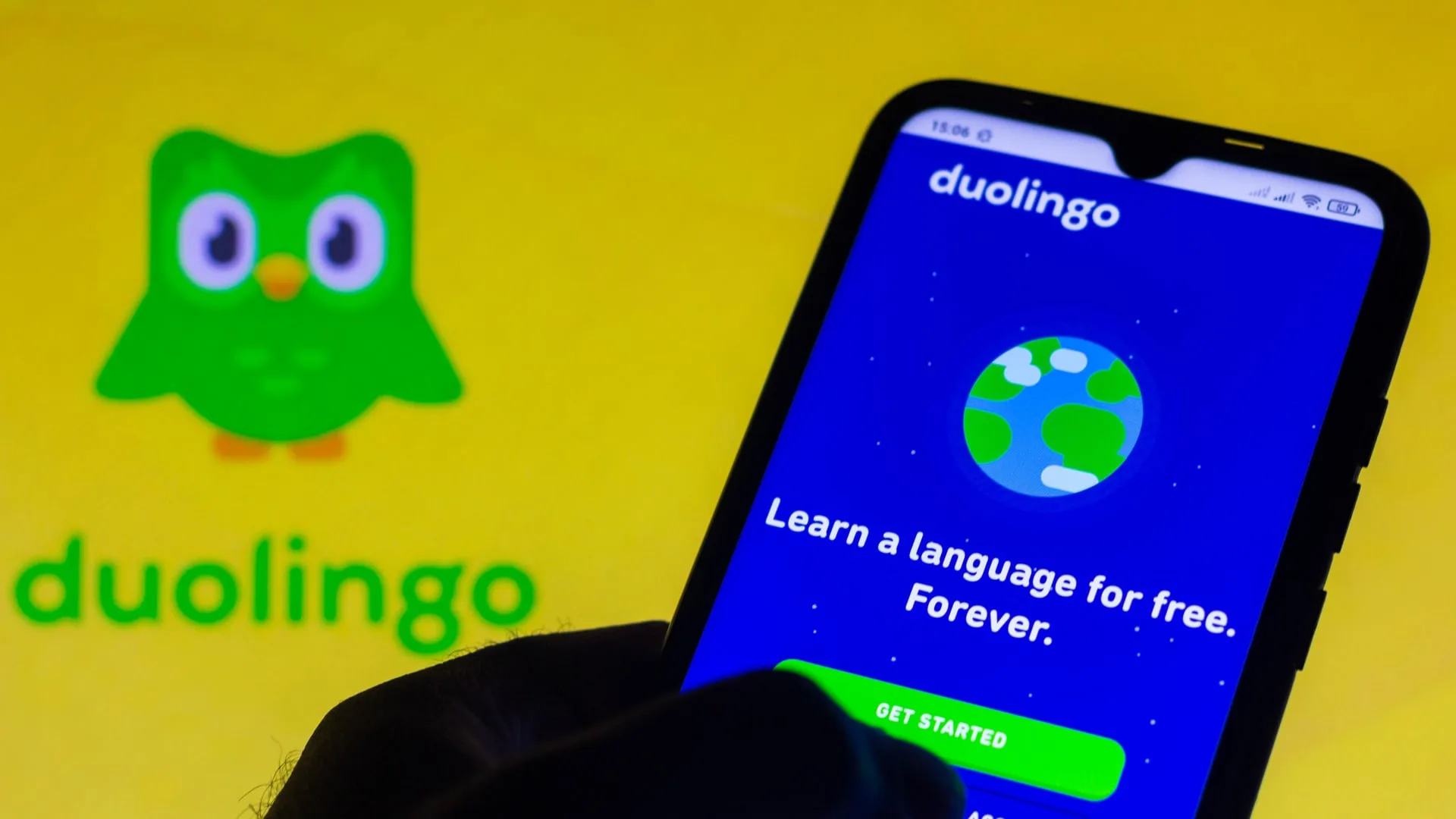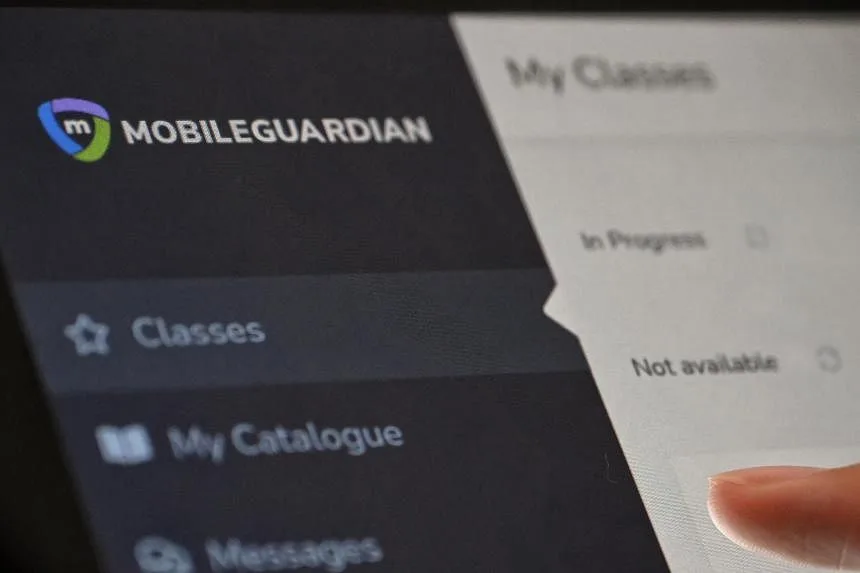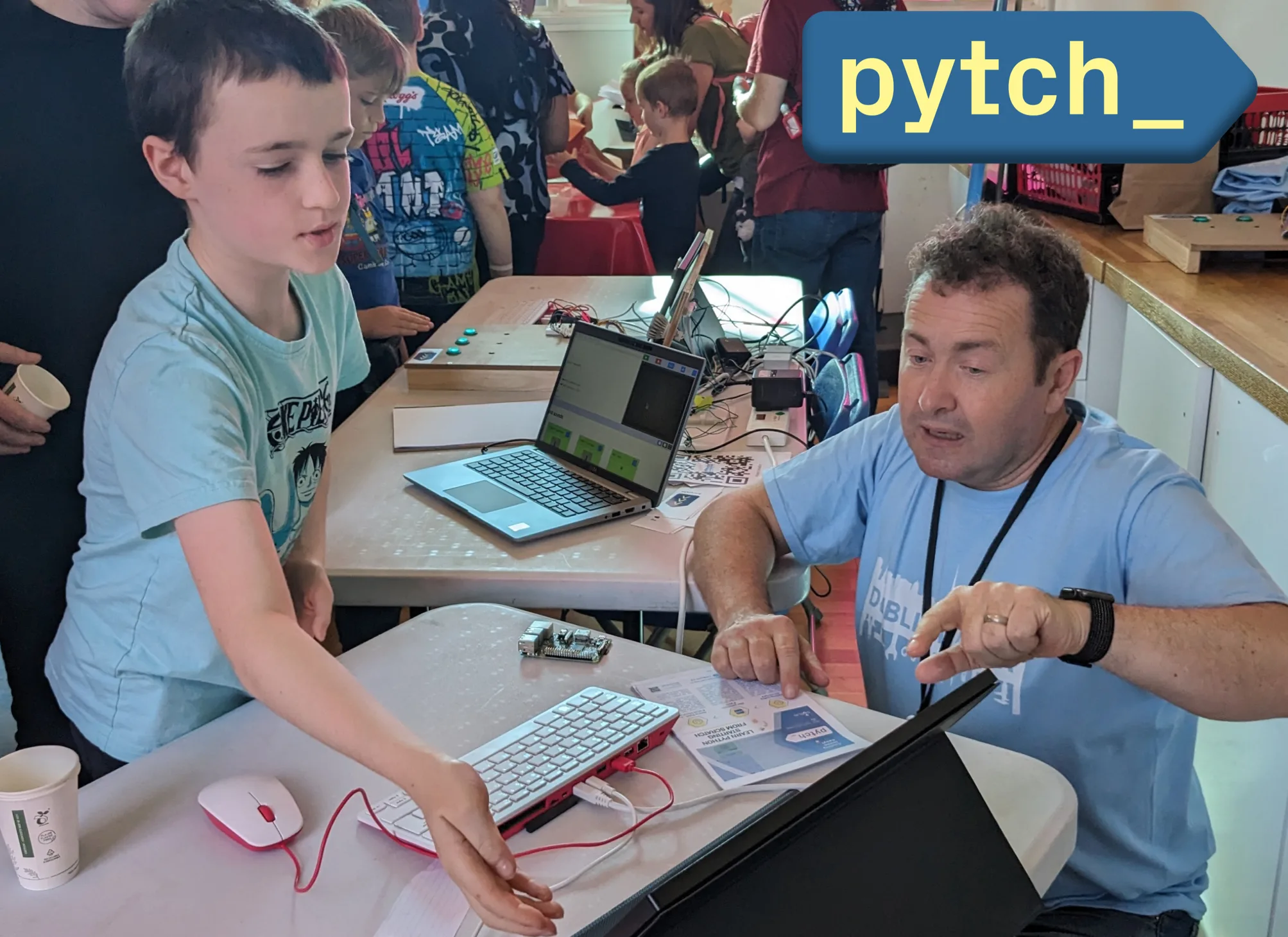Rethinking Language Learning in the Digital Age
Gone are the days where linguistic proficiency was confined to the classroom. A digital renaissance flourishes in the world of polyglots, breaking down language barriers through binary codes. Enter the realm where artificial intelligence and mobile applications lock horns in a battle to redefine language proficiency. In this unconventional reflection, let us dismantle preconceptions and explore the uncharted nexus of ChatGPT-4 and renowned language learning apps.
From the fabled corridors of OpenAI emerges ChatGPT-4, a linguistic titan, not merely simulating conversation but embodying the intricacies of human discourse. It’s a thrilling surrogate, allowing eager learners to dive into verbal jousting, without the paralyzing fear of human ridicule. Pinned against this formidable Goliath are the Davids of the digital sphere – apps such as Duolingo, Babbel, and Rosetta Stone, with arsenals rich in structured curricula, forging vocabularies and grammatical prowess in a gamified quest.
To confront the efficacy of each, we plunge into a labyrinth where the crown jewel of language – vocabulary – gleams in the digital spotlight. Language apps, with their systematic approach, wield the tools of repetitive beats, ensuring that phrases echo in learners’ minds. Simultaneously, the dialogue with ChatGPT-4 opens floodgates to linguistic immersion, contextually enriching a user’s lexicon (OpenAI).
Marching onward to the bulwark of grammar, a facet both feared and revered, we witness a divergence. The apps, akin to seasoned cartographers, map the terrain of linguistic laws, allowing users to navigate with precision. Meanwhile, fluency flows from the interaction with ChatGPT-4, wearing down the edifice of grammar through the subtlety of dialogue rather than the hammer of rule-based learning.
We then explore the terra incognita of pronunciation. While the absence of phonetic function in ChatGPT-4 leaves a void only filled by mute text, the apps answer the call with vocal exercises, turning novices into maestros of accents and intonation. One may ponder on the potential synergy of these titans should ChatGPT-4 soon whisper to us in Siren tones.
And what of the sacred grail of conversational finesse? ChatGPT-4, the spontaneous and enigmatic interlocutor, carves out a linguaphile’s dream where pragmatics, idioms, and cultural nuances take center stage (OpenAI). For conversational supremacy is not won through rigid syntax but through the fluid dance of dialogue. However, are these artificial exchanges but a shadow of authentic human interaction, or do they herald the genesis of a new pedagogical paradigm?
As we stand at this watershed moment in language education, questions pulse at the edge of our digital horizons. Will AI surpass the curated pathways of language apps? Could a synergy amplify the strengths of both, orchestrating an educational symphony greater than the sum of its parts? Perhaps the verdict lies not in choosing sides but in embracing the mosaic of methodologies before us.
The road forks ahead, and the journey is ours to narrate. In the end, the ultimate goal remains immutable: unfurling the sails of language to navigate the open seas of human communication. Whether via ChatGPT-4’s digital dialogue or through the gamified gateways of language apps, the odyssey calls. The question is, which path will you tread in the pursuit of linguistic mastery in our vibrant, ever-evolving digital age?

Marcin Frąckiewicz is a renowned author and blogger, specializing in satellite communication and artificial intelligence. His insightful articles delve into the intricacies of these fields, offering readers a deep understanding of complex technological concepts. His work is known for its clarity and thoroughness.



